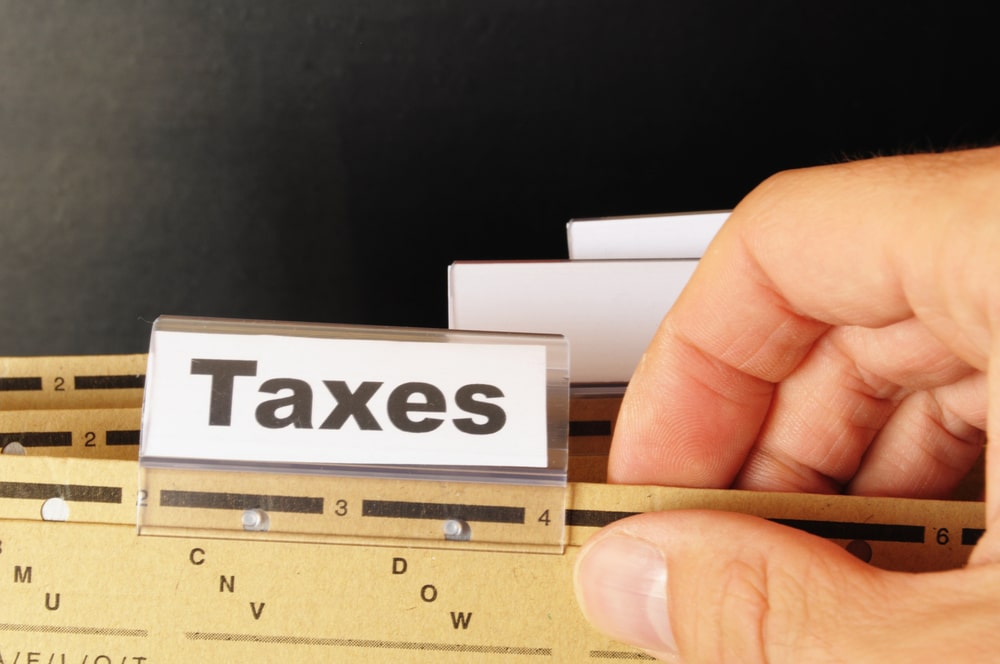Optimizing Tax Strategies for Small Businesses: Insights from Expert CPAs
 Dreading tax season? You’re not alone. Many small business owners scramble at the last minute, often missing out on valuable deductions and overpaying on taxes. But what if you could legally keep more of your money with a proactive approach?
Dreading tax season? You’re not alone. Many small business owners scramble at the last minute, often missing out on valuable deductions and overpaying on taxes. But what if you could legally keep more of your money with a proactive approach?
Optimizing tax strategies isn’t just about filing on time—it’s about structuring your finances strategically throughout the year. From maximizing deductions to choosing the right business entity, expert CPAs help small businesses reduce liabilities, improve cash flow, and stay compliant with tax laws. In this guide, we’ll break down the key strategies small business owners should implement to optimize their tax situation.
Understanding Tax Optimization for Small Businesses
What exactly is tax optimization? Think of it as playing chess with the tax code rather than rolling the dice and hoping for the best. It involves structuring your business finances in a way that legally reduces your tax burden while ensuring compliance with federal, state, and local tax regulations.
When done correctly, tax optimization can:
- Lower your taxable income
- Free up cash flow for reinvestment
- Reduce the risk of IRS penalties
- Provide peace of mind during tax season
The key to success? A proactive approach. The most effective tax strategies aren’t last-minute fixes—they are carefully planned decisions made throughout the year.
1. Choosing the Right Business Structure
Your business entity isn’t just a legal formality—it directly impacts how much you pay in taxes. Here’s how different structures affect tax liabilities:
- Sole Proprietorship – Easy to set up, but exposes you to self-employment taxes (15.3 percent).
- LLC (Limited Liability Company) – Offers flexibility, as it can be taxed as a sole proprietorship, partnership, or corporation.
- S-Corporation (S-Corp) – Allows business owners to reduce self-employment taxes by splitting income between salary and distributions.
- C-Corporation (C-Corp) – Best for businesses looking to scale, though it may result in double taxation.
For example, if you earn $80,000 as a sole proprietor, you’ll owe around $12,240 in self-employment taxes. But if you switch to an S-Corp and pay yourself a $50,000 salary, the remaining $30,000 is not subject to self-employment tax—saving you over $4,500.
2. Maximize Deductions: Don’t Leave Money on the Table
Many small business owners either fail to track expenses properly or don’t realize what’s deductible. Keeping detailed records ensures you claim every deduction available.
Some of the most valuable tax deductions include:
- Home Office Deduction – If you work from home, you may be able to deduct a portion of your rent, utilities, and internet costs.
- Business Meals – Meals with clients or business partners are 50 percent deductible.
- Vehicle Expenses – If you use your car for business, you can deduct mileage (67 cents per mile for 2024) or actual expenses.
- Marketing & Advertising – Website costs, social media ads, and business cards are 100 percent deductible.
- Health Insurance Premiums – If you’re self-employed, your premiums may be deductible.
To avoid losing out on deductions, keep organized records and store receipts digitally using accounting software.
3. Leverage Retirement Plans for Tax Savings
Setting up a retirement plan allows you to reduce taxable income while saving for the future. Some of the best options include:
- Solo 401(k) – Allows contributions up to $66,000 in 2024 ($73,500 if age 50+).
- SEP IRA – Business owners can contribute up to 25 percent of net earnings, up to $66,000.
For example, if a small business owner contributes $20,000 to a Solo 401(k), that amount is deducted from taxable income, reducing their overall tax liability.
4. Take Advantage of Depreciation
When purchasing business assets—such as equipment, vehicles, or office furniture—you may be able to deduct part or all of the cost using depreciation.
Key methods include:
- Section 179 Deduction – Allows businesses to deduct the full cost of qualifying assets (up to $1.16 million in 2024) in the year of purchase.
- Bonus Depreciation – Enables businesses to deduct 60 percent of eligible purchases in the first year.
For instance, if a business buys a $3,000 laptop, Section 179 allows the entire amount to be deducted in the year of purchase rather than spread over several years.
5. Payroll & Employee Benefits: A Hidden Tax Strategy
Payroll taxes can add up quickly, but strategic planning can help reduce costs.
- Offer tax-free employee benefits such as health insurance, retirement contributions, or education assistance.
- Consider hiring your children—if structured correctly, wages paid to your children (under 18) may be exempt from payroll taxes.
- Take advantage of the Work Opportunity Tax Credit (WOTC), which offers a tax credit of $2,400–$9,600 for hiring employees from certain groups (such as veterans or individuals receiving government assistance).
6. Estimated Taxes: Avoid IRS Penalties
Unlike W-2 employees, small business owners don’t have taxes automatically withheld. Instead, they must pay estimated taxes quarterly to avoid IRS penalties.
- Estimated tax deadlines: April 15, June 15, September 15, and January 15
- Use IRS Form 1040-ES to calculate payments
- Underpaying can result in interest and penalties
A good rule of thumb: If your income varies, base estimated payments on last year’s tax bill to avoid penalties.
Avoid These Costly Tax Mistakes
Even with the best strategies, tax mistakes can be costly. Avoid these common pitfalls:
- Mixing personal and business finances – Always use separate bank accounts and credit cards.
- Misclassifying workers – Incorrectly labeling employees as independent contractors can trigger IRS audits.
- Failing to keep receipts – Without documentation, the IRS may disallow deductions.
- Ignoring available tax credits – Small business owners often overlook credits such as the Employee Retention Credit (ERC).
The Power of a CPA: Why DIY Tax Filing Could Be Costing You
Tax software can handle basic returns, but true tax planning requires expertise. A CPA can:
- Identify tax-saving opportunities specific to your business
- Ensure compliance with IRS rules and regulations
- Help you avoid audits and penalties
- Provide strategic planning to reduce long-term tax liabilities
For small business owners, working with a CPA is not an expense—it’s an investment in financial stability.
Take Control of Your Taxes
Taxes don’t have to be overwhelming. By proactively implementing the right strategies, small business owners can keep more of their money, reinvest in growth, and build a strong financial future.
Are you making the most of your tax-saving opportunities? Schedule a free strategy session with TaxProCPA today to start maximizing your deductions and reducing your tax burden.
Contact us for expert tax planning assistance.
